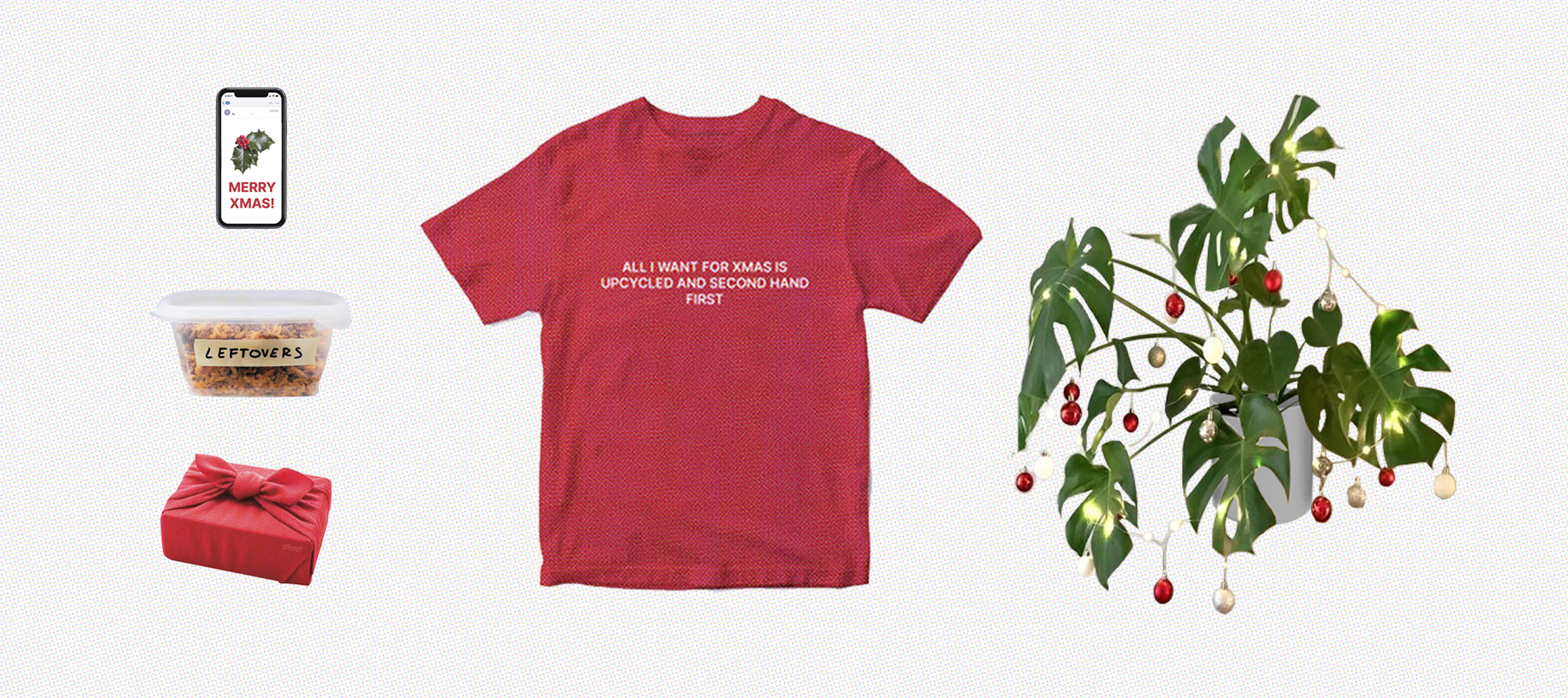
7 Tips To Have A Sustainable Christmas
Christmas presents shouldn't cost the earth. From buying second-hand and upcycling first to planning your festive meal and making your own Christmas decorations, there are plenty of eco-friendly ways to spread the Christmas cheer.
Gift Thoughtfully
There are plenty of ways to gift thoughtfully this Christmas. Firstly you can choose quality over quantity. Seek to buy presents that will last a lifetime, so even if they are outgrown, they can be resold or passed down to siblings or cousins. Another eco-friendly way to gift is to give experiences over physical presents. It could be tickets to a gig, white water rafting, a night away, or simply taking your loved one to their favourite restaurant. Finally, you can choose to gift something that gives back to the planet, such as plants, bee-saver kits, or donate to a local charity.
Support Sustainable Brands
When purchasing gifts, do your research and purchase from ethical brands or those that produce with sustainable materials. Swap plastic toys for natural alternatives, look for locally sourced food and, where possible, choose upcycled or second-hand first. Upcycled clothes, toys and homewares, as well as refurbished technology, are a great way to get something new while reducing the need for new raw materials and resources needed to make new products.
Wrap Presents the Eco-Friendly Way
Not only does it typically go straight into the bin, but lots of wrapping paper contains plastic. So along with reusing paper, gift bags and ribbons from years before, you can also wrap presents in alternative paper such as newspaper or artwork drawn by kids. If you really want to go that extra mile and try something different, consider picking up some scarves from a charity store and learning the art of Furoshiki, which involves wrapping in fabric and therefore reducing the need for sticky tape and ribbons.
Plan Your Christmas Dinner
While food is undeniably one of the most important parts of Christmas, every year, a staggering amount of food goes to waste. Along with planning your menu to reduce waste, it’s important to keep leftovers and transform them into a new meal rather than throwing them away. Where we source the food is also an important factor, when you can, it’s best to support local farmers and source locally, this will help to reduce the food's carbon footprint. It is also worth considering the amount of meat that is consumed on the day and, when possible, opting for organic meat and veg that is free from harmful pesticides.
Source an Eco-Friendly Tree
Or better yet, add some lights and decorations to dress up a tree you already own! However, if you do choose to purchase a tree, then choosing a sustainably grown tree is a great way to start. If you do choose to source an eco-friendly tree, it is also important to dispose of it properly. You can do this by checking with your local council about their recycling policies. If you have decided you want an artificial tree for whatever reason, consider sourcing it second-hand or purchasing a high-quality one that will last a lifetime.
Choose Biodegradable or Reusable Decorations
A great way to reduce your waste at Christmas is to use decorations that are biodegradable such as pine cones, plants and oranges, choose durable and natural materials such as wood and glass or upcycle your own decorations out of bits and pieces you find around the house. For the table, as many single items are non-recyclable and end up going straight to landfill, it is best to avoid plastic cutlery, plastic tablecloths and single-use napkins and instead use reusable versions. For the lights, candles are best, but if you really want to decorate with LED, use energy-efficient LED lights. LED lights use an average of 75 percent less energy and can last up to 25 times longer, meaning you'll save both energy and money. Also, remember to switch off the lights if you don’t need it
DIY Christmas Cards
It’s estimated that 1.5 billion Christmas cards are thrown away by UK households each year, so why not cut your carbon footprint, save trees and save money with an e-card instead. Alternatively, you can make your own cards or at the very least, search for cards that are made from recycled paper.
23rd November 2022